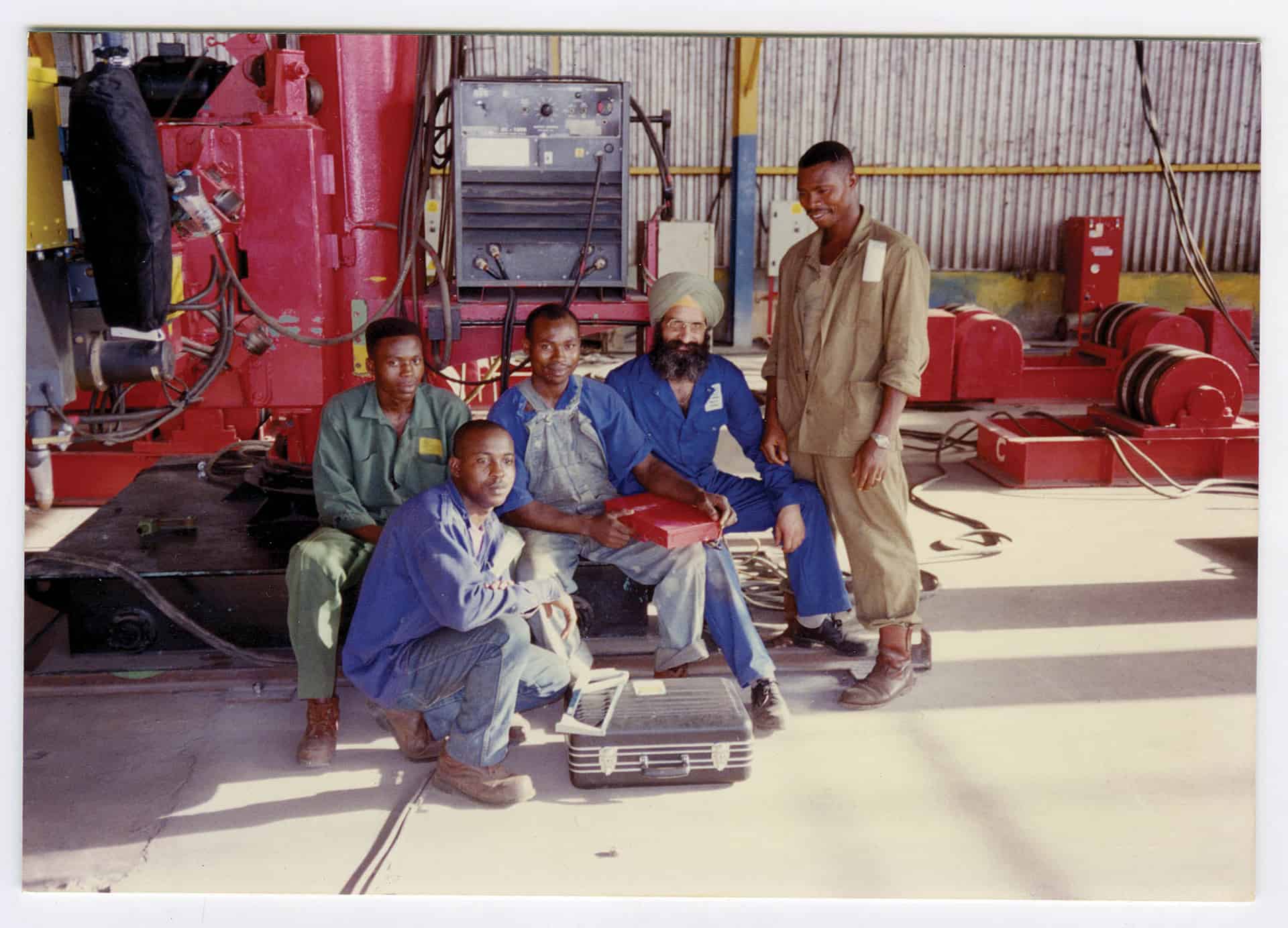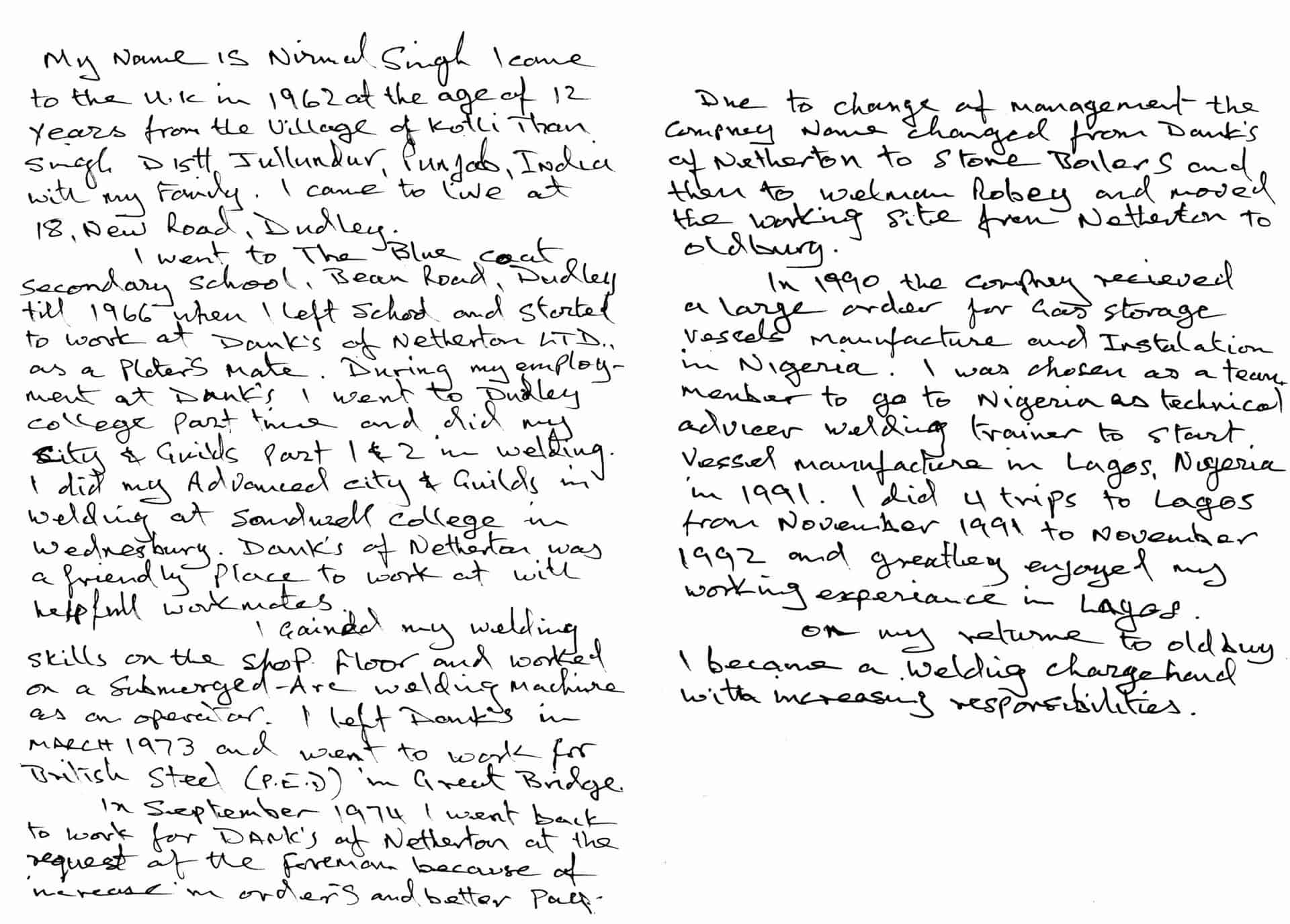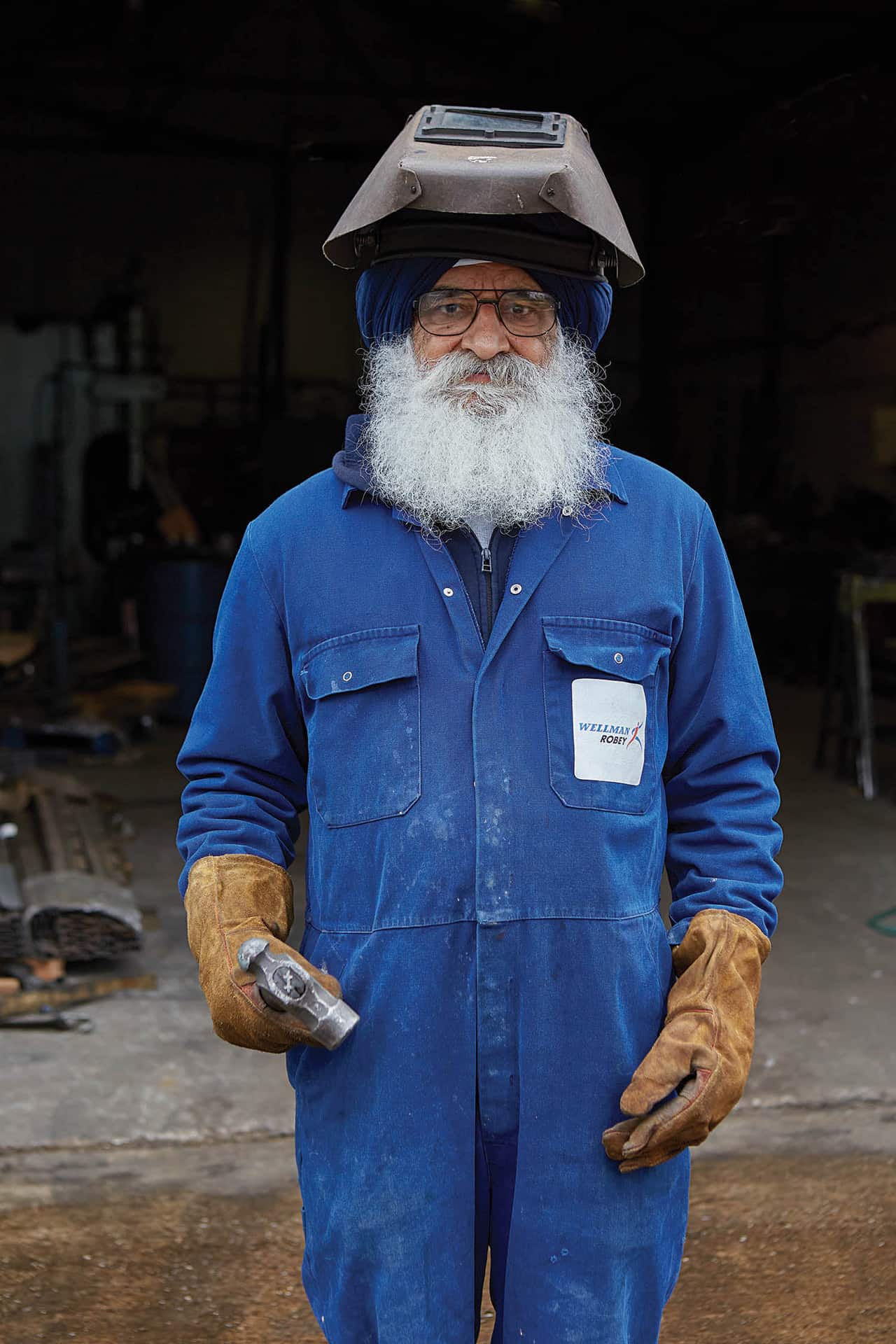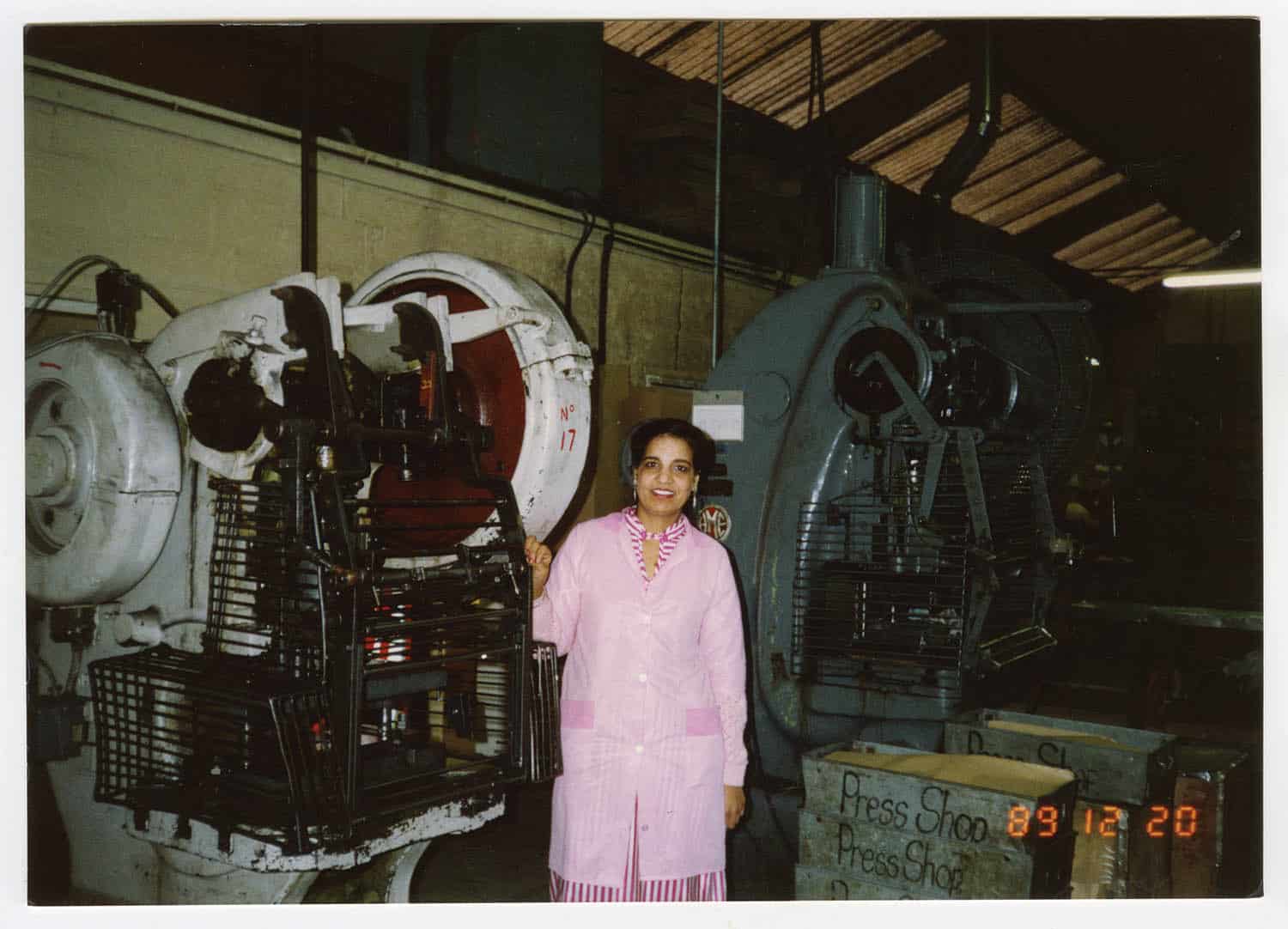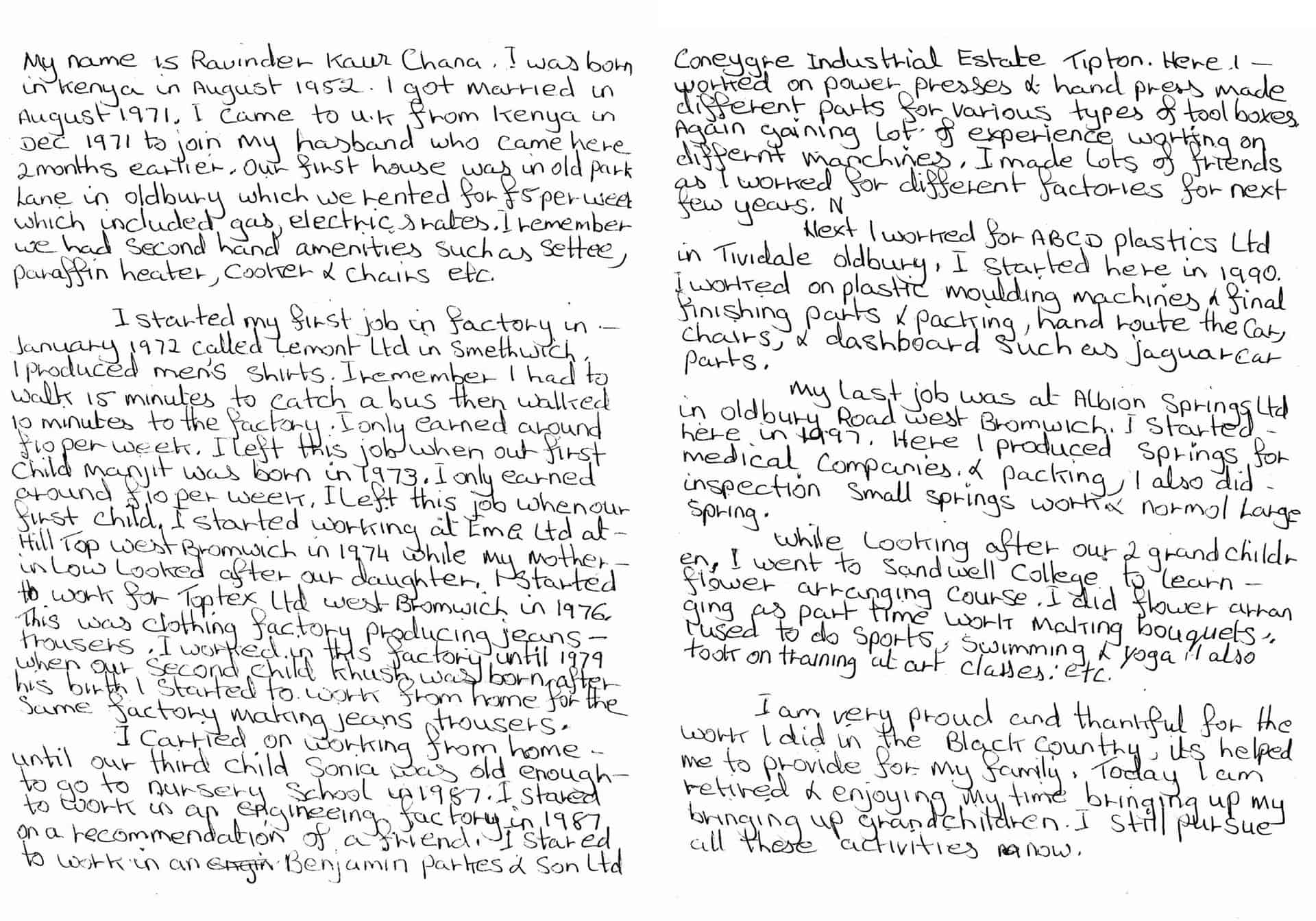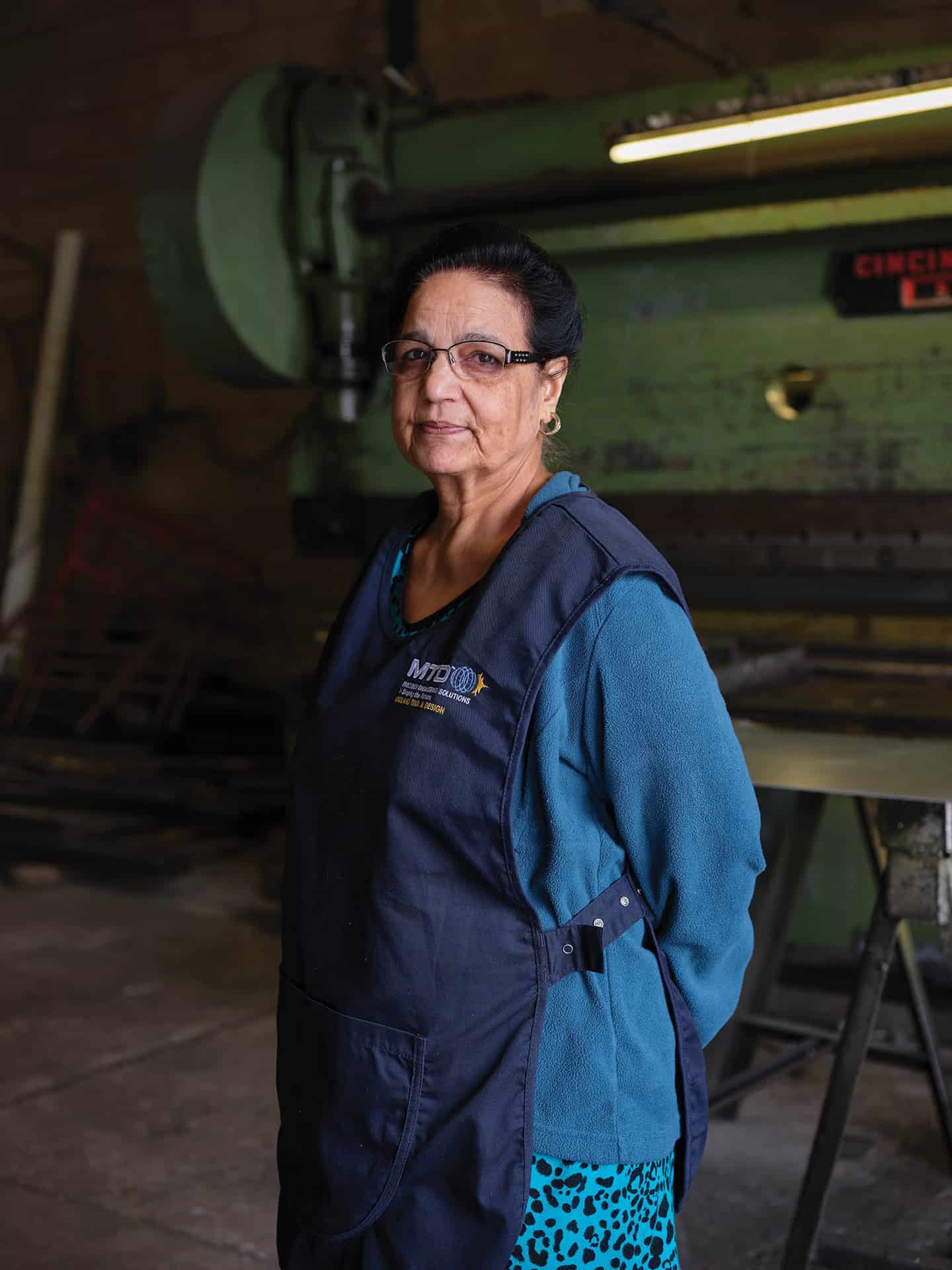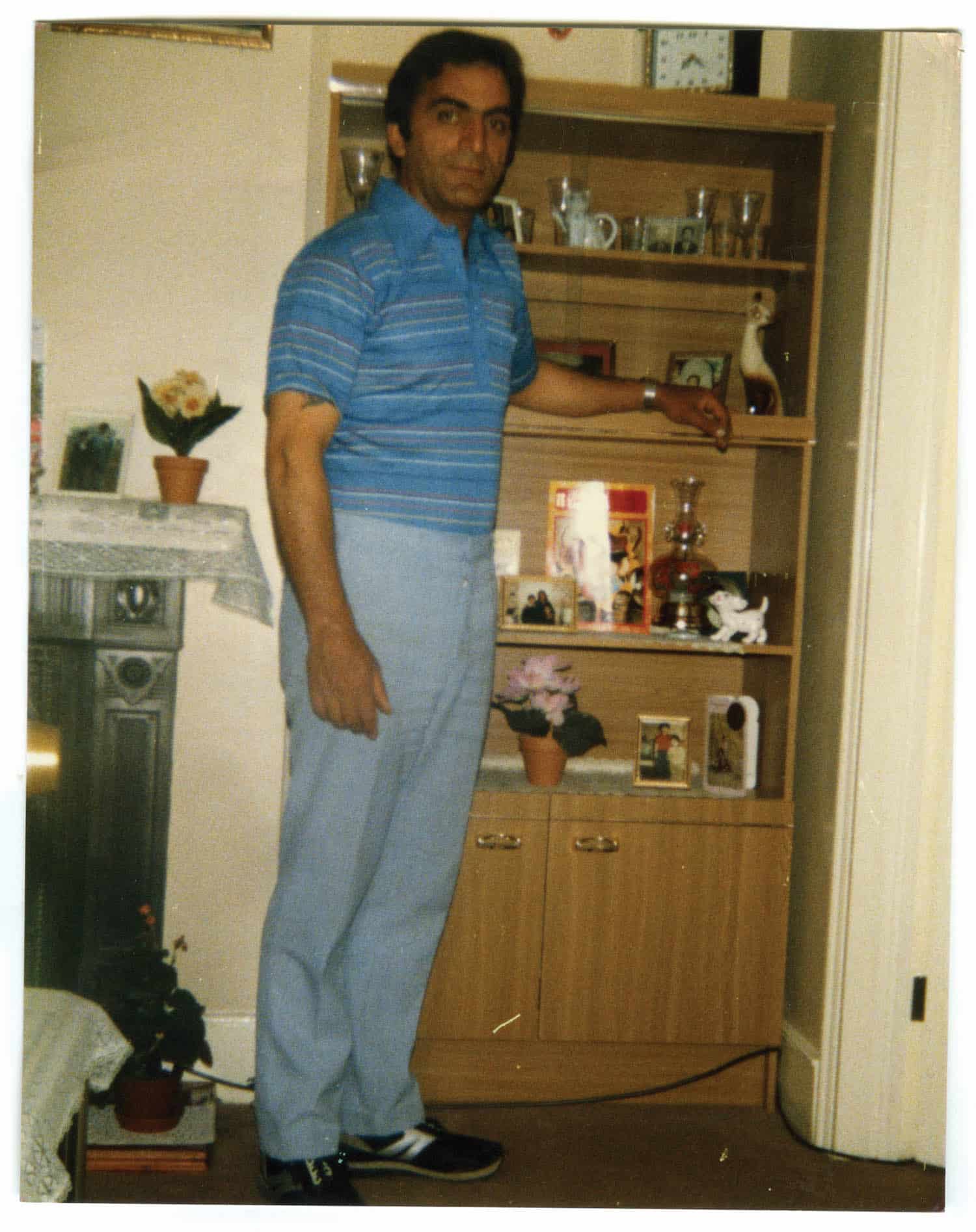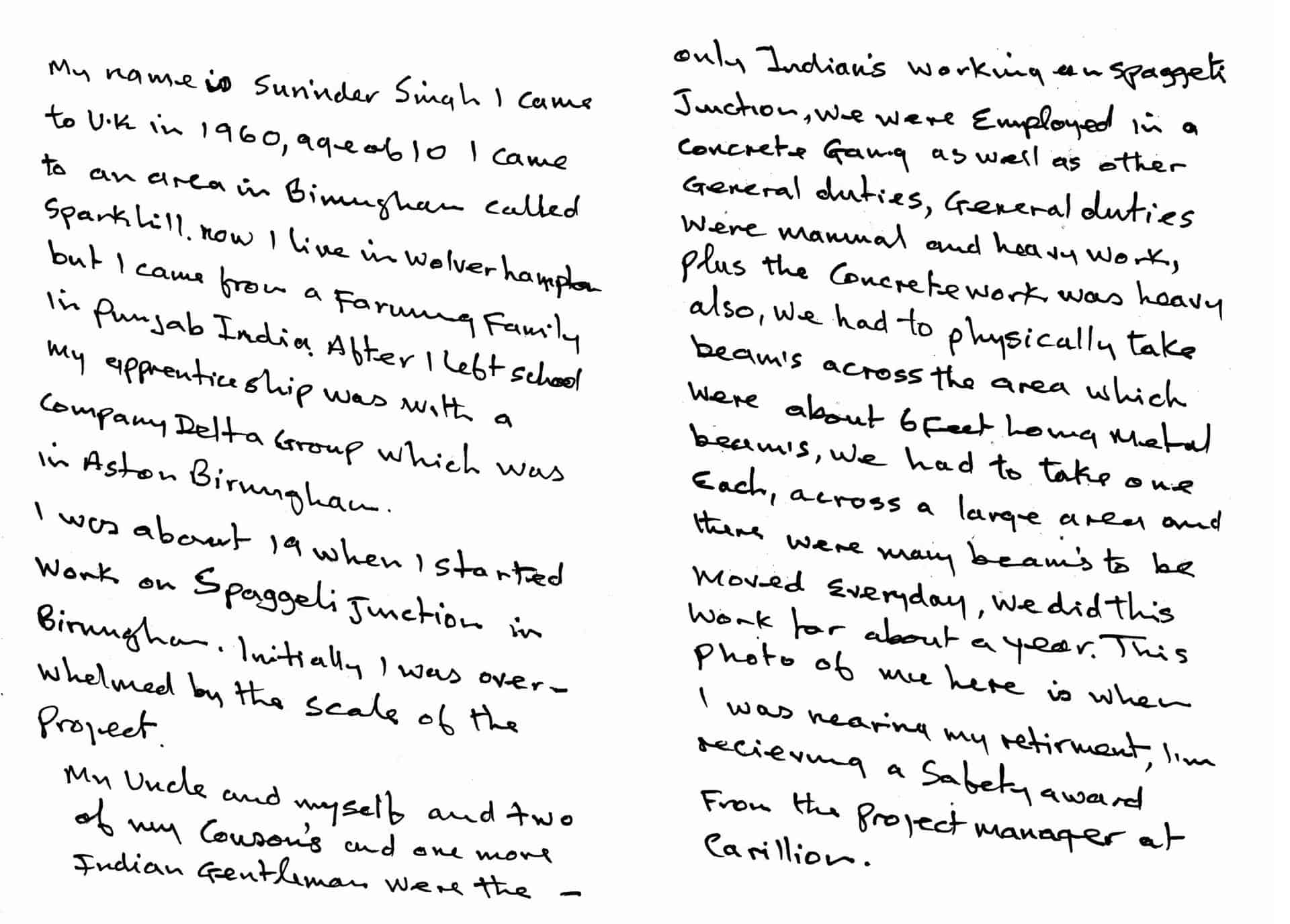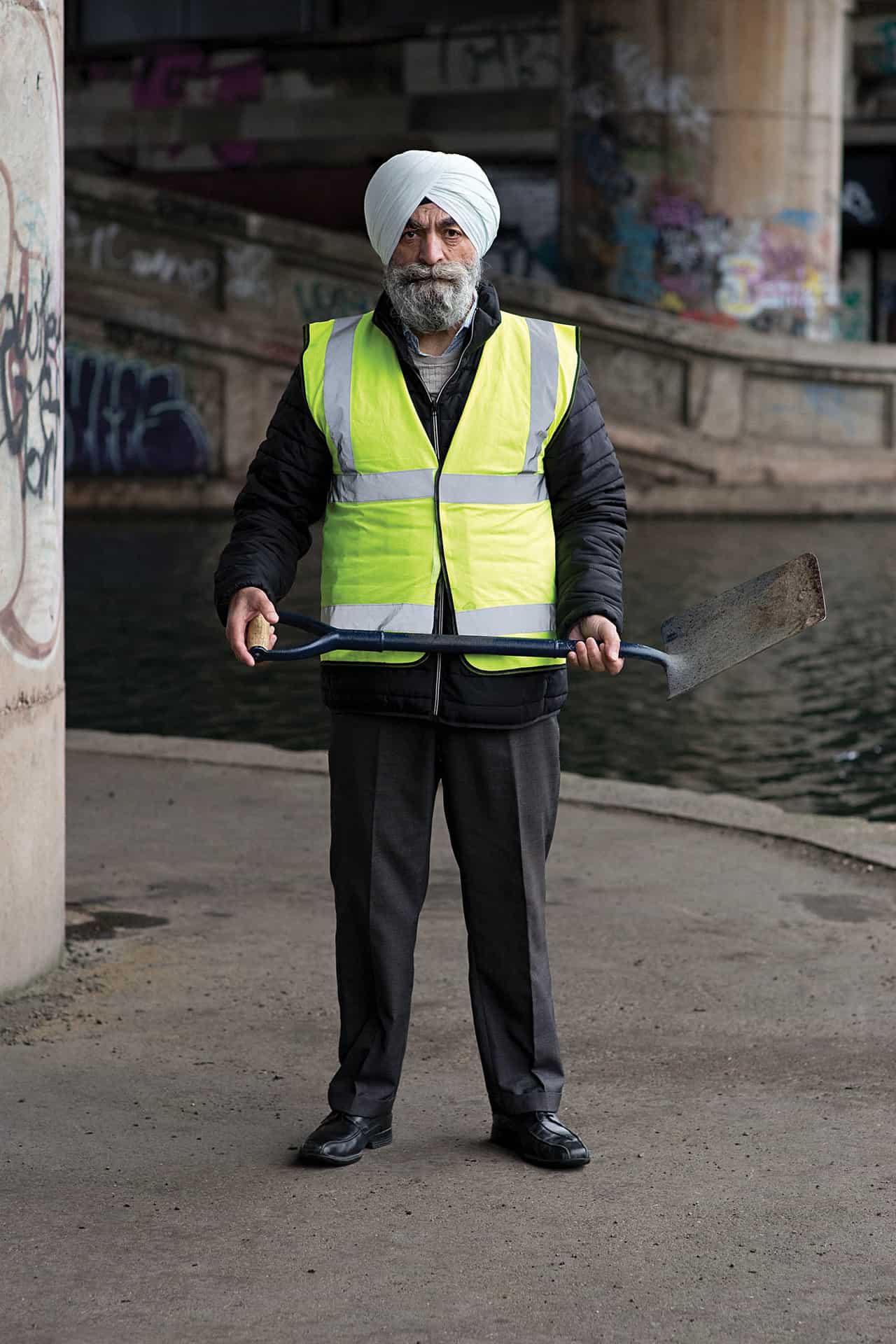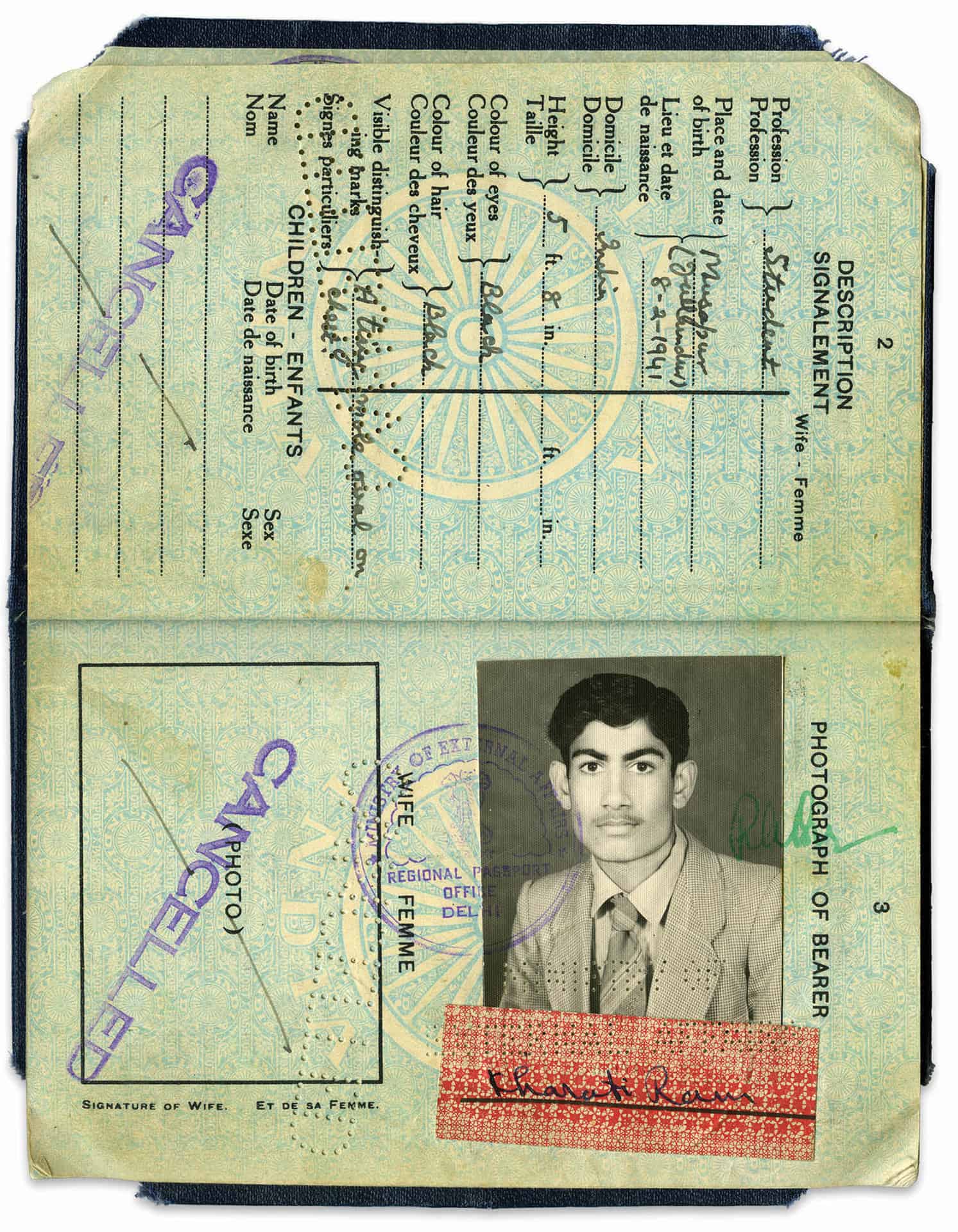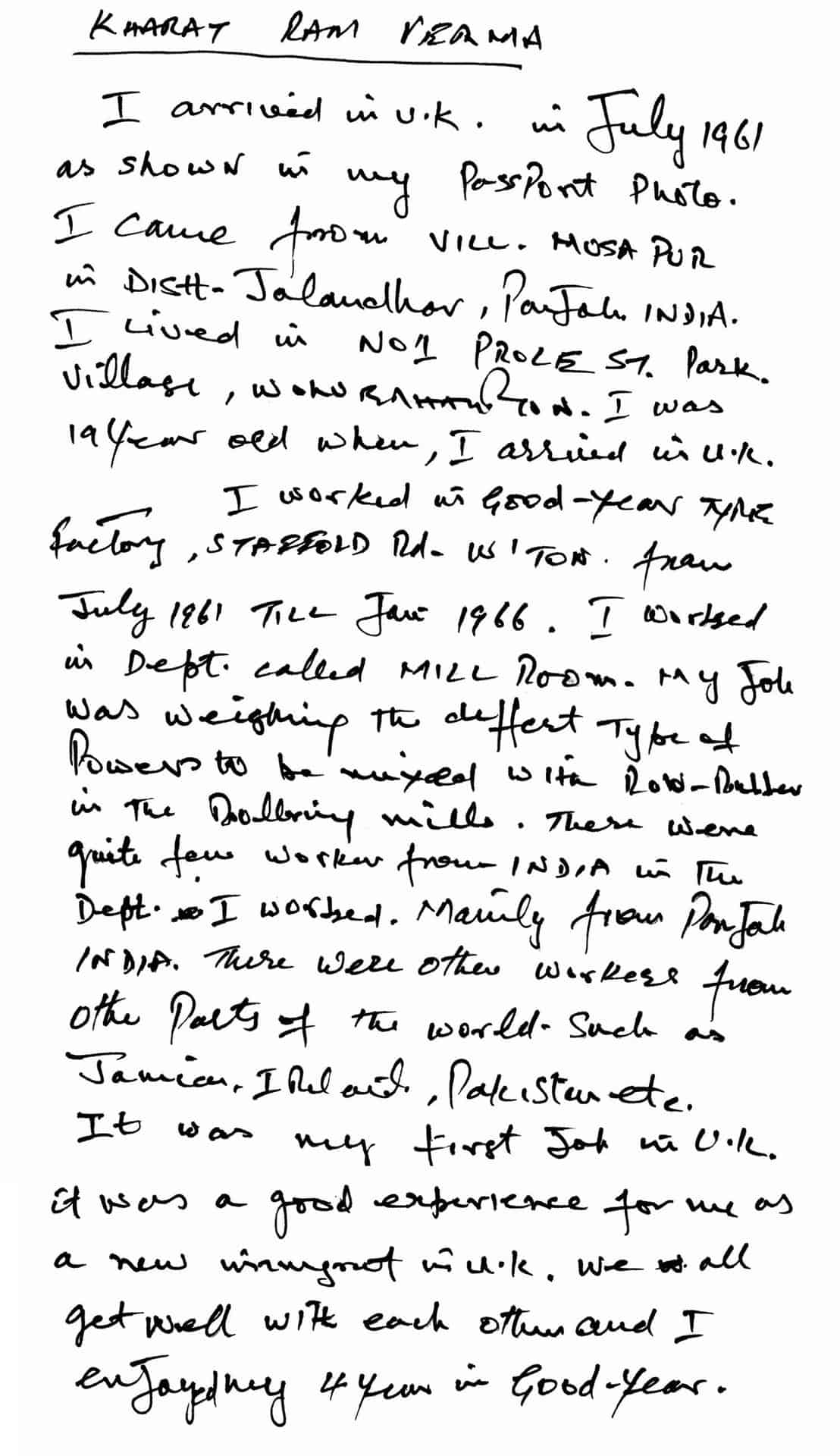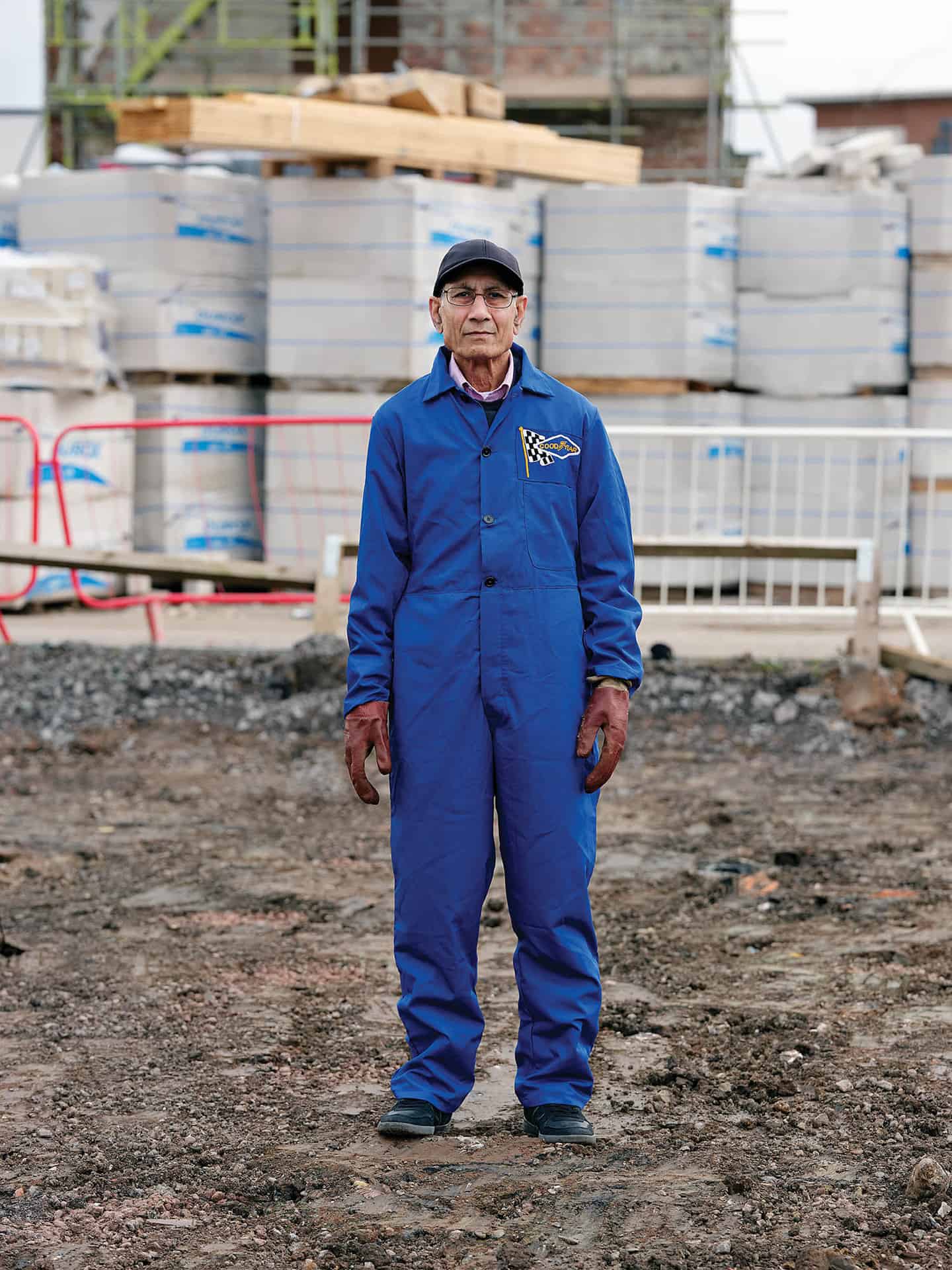Punjabi Workers in the Black Country
For the last 15 years I have been involved in making photographic work that focuses on the untold stories of migrant communities. My work engages with various elements of photography, including archives, portraiture and documentary. Central to my practice is the recording of everyday experiences and life stories from the participants and communities I work with, and sharing these back in creative and powerful ways that dignify and honour those who took part.
In 2016 I initiated the Apna Heritage Archive which was the first photographic archive for the Punjabi community in the Black Country.
For this commission I set out to research and make new work around an area that I felt needed more attention — Punjabi workers and their unseen influence and impact across the region.
I visited local day centres and libraries to talk with Indian elders as well as working with my existing community networks. After discussing my ideas and plans for this project, many of them were keen to share their own stories from their working lives. Some participants made written contributions alongside having their portrait taken. Many conversations were about their journey to the UK and how they began their working life. Many participants also had access to photographs from this period of their lives. For me, being given access to this material was like winning the lottery. Having images that document their working life solidifies and visualises the experiences they talked about — a picture often speaks a thousand words.
As part of the project I was fortunate to meet Surinder Singh, one of only a handful of Indian people to work on Spaghetti Junction in the 1960s. Only 19 years old at the time, he was clearly not afraid of hard work. He went on to work in construction for the rest of his working life and still undertakes one or two jobs that take his interest. I was able to go back with him to Spaghetti Junction where I made a portrait with him.
I also encountered a few older Indian gentlemen in Wolverhampton who worked in one of the city’s biggest employers, Goodyear. Gurdev Rai was the first Indian worker on the Racing Tyre Division and he remembers receiving a thank-you postcard from Jackie Brayburn for making the tyres that won him the Spanish Grand Prix. He even had his picture taken with Jackie Stewart at the plant.
As part of this commission I also worked with staff and students from the 2nd year HND course at Dudley College of Technology. Over a period of 8 weeks, we explored different aspects of family and local archives, and undertook a hands-on creative project. I introduced students to Professor Gil Pasternak (Leicester De Montfort University) and artist Diwan Manna from the Punjab Lalit Kala Akademie in Chandigarh, India. They both shared insights and ideas around how we use and understand archival images.
You can see the students work here.
Punjabi Workers in the Black Country 1960s-1990s is a set of four triptychs. Each triptych represents one of the four participants and is made up of a written statement about their working life in their own handwriting, a photograph of them shared from their own family archive, and a new photographic portrait.
